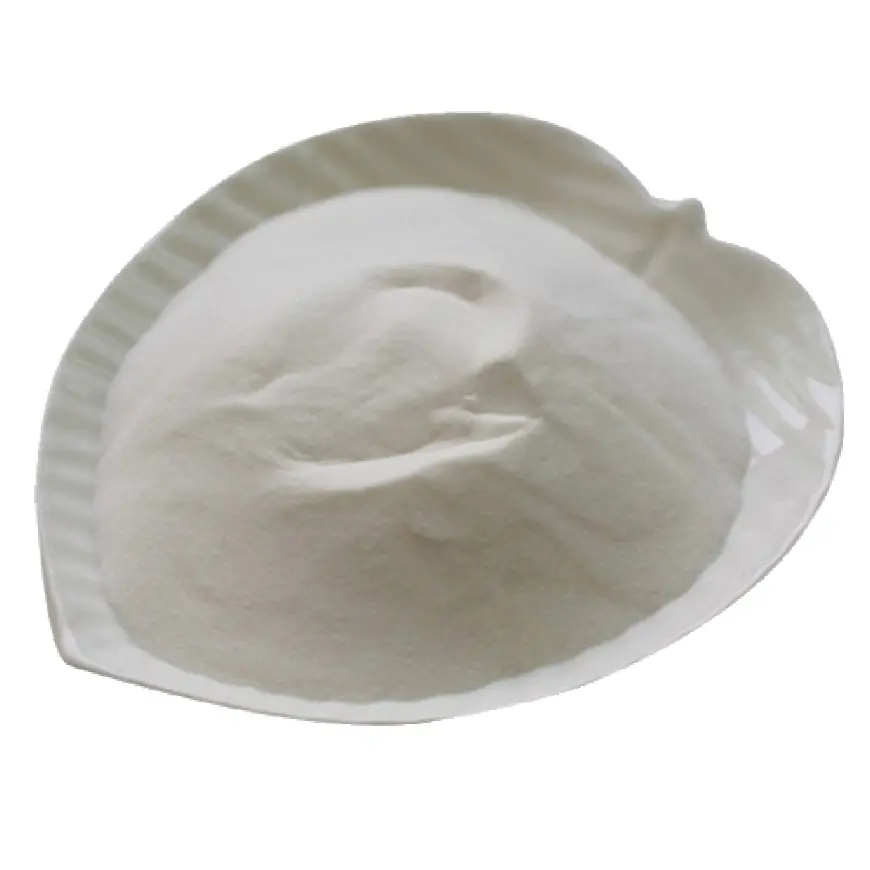Extensive Cobaltous Oxide Production Process: Cost Model, Pre-feasibility, Industrial Trends, Labor Charges, Utilities, Logistics, Supply Chain, Lifecycle Cost Analysis, Global and Regional Outlook
cobaltous oxide production process

Cobaltous oxide is a crucial compound used across several industries, from energy storage and rechargeable batteries to catalysts and ceramics. Despite its wide application, the production of cobaltous oxide remains a costly process due to various factors including raw material prices, energy consumption, labour costs, and regulatory requirements. With demand for cobaltous oxide growing, particularly in sectors such as electric vehicle production, reducing production costs is essential for staying competitive.
This article explores the key factors influencing the cost of cobaltous oxide production process, highlights challenges manufacturers face, and discusses strategies to lower production costs without compromising product quality or sustainability.
Key Factors Influencing Cobaltous Oxide Production Costs
1. Raw Material Costs
The primary raw material for cobaltous oxide production is cobalt, a metal that is often sourced as a by-product of nickel and copper mining. As cobalt is a critical material in various industries, its price volatility significantly impacts production costs.
Request a Free Sample For Cobaltous Oxide Production Cost Reports — https://www.
-
Cobalt Supply and Pricing: The majority of the world’s cobalt supply comes from the Democratic Republic of Congo (DRC), a region that accounts for over 60% of global cobalt production. Political instability, changes in mining regulations, and social issues in this region can affect the availability and cost of cobalt. Additionally, fluctuations in the prices of other base metals such as nickel and copper can also influence the price of cobalt as a by-product.
-
Secondary Inputs: In addition to cobalt, other chemicals like sulfuric acid, sodium hydroxide, and ammonia are used in the production process. Prices for these chemicals are also affected by global supply and demand, impacting the overall production costs.
One strategy to manage raw material costs is to explore alternative sources of cobalt or use recycled cobalt from old batteries, reducing dependence on primary sources and lowering raw material costs.
2. Energy Costs
Energy consumption is a major component of cobaltous oxide production, particularly during the high-temperature processes involved in its synthesis.
-
Energy-Intensive Processes: The production of cobaltous oxide requires significant amounts of energy due to the high temperatures needed for the chemical reactions that convert cobalt ore into the desired product. This makes energy costs a substantial portion of the overall production budget.
-
Electricity Costs: The cost of electricity varies significantly by region, and in areas where electricity prices are high, such as in Europe or parts of North America, energy costs can sharply increase production expenses.
To reduce energy consumption, many manufacturers are exploring energy-efficient production methods, such as heat recovery systems that can capture and reuse energy from high-temperature reactions, ultimately lowering overall energy costs.
3. Labour and Operational Costs
Skilled labour is required to manage the complex production processes of cobaltous oxide, including controlling temperature, monitoring chemical reactions, and ensuring product quality.
-
Skilled Labour: The expertise needed to manage the high-tech processes involved in cobaltous oxide production comes with associated labour costs. Skilled workers, particularly in regions with higher wage rates, increase overall operational expenses.
-
Operational Efficiency: Inefficiencies in production, such as downtime or excessive energy consumption, can significantly raise operational costs. Maintaining efficient production processes is key to reducing waste and maximising output.
Automation is one potential solution for reducing labour costs. By integrating automated control systems into the production process, manufacturers can reduce the reliance on manual labour while improving consistency, reducing errors, and increasing overall efficiency.
4. Technological Investments and Maintenance Costs
The production of cobaltous oxide requires advanced machinery and equipment to ensure optimal performance and high-quality output.
-
Capital Expenditure: Investing in modern equipment, such as high-efficiency furnaces, reactors, and automated process control systems, requires significant capital. While these technologies can lead to long-term cost savings, the initial investment is a considerable factor.
-
Maintenance Costs: High-tech equipment, though efficient, requires regular maintenance to avoid breakdowns and reduce downtime. The costs associated with maintaining complex machinery can add up over time, especially if not effectively managed.
To address these costs, manufacturers can implement predictive maintenance systems, which use sensors and data analytics to predict equipment failures before they occur. By identifying potential issues early, predictive maintenance can prevent expensive repairs and reduce unplanned downtime.
5. Environmental Compliance and Regulatory Costs
Cobaltous oxide production must meet various environmental and regulatory standards, including waste management, emissions control, and the treatment of effluents.
-
Waste and Emissions Management: The production process generates solid waste and emissions that must be managed in accordance with environmental laws. Failure to comply with these regulations can lead to hefty fines and damage to the company’s reputation.
-
Regulatory Compliance: Compliance with health, safety, and environmental standards often requires companies to invest in monitoring systems, reporting mechanisms, and additional personnel. These compliance-related costs can add significant overhead to production budgets.
By adopting cleaner technologies and optimising production processes, companies can not only reduce their environmental footprint but also cut down on costs associated with waste disposal and emissions control.
Strategies for Reducing Cobaltous Oxide Production Costs
While the cost of cobaltous oxide production is influenced by many factors, there are several strategies manufacturers can adopt to optimise costs while maintaining high product quality.
Read Full Report — https://www.
1. Diversifying Raw Material Sourcing and Recycling
-
Alternative Sourcing: To mitigate the risks associated with price fluctuations and supply chain disruptions, manufacturers can explore alternative sources of cobalt, either from different countries or by negotiating long-term contracts with suppliers to lock in more stable prices.
-
Recycling: One of the most effective ways to reduce raw material costs is through cobalt recycling. Cobalt can be recovered from used lithium-ion batteries, electronic waste, and other cobalt-containing materials, reducing the need for mined cobalt and lowering overall production costs. Recycling also reduces environmental impact, aligning with sustainability goals.
2. Improving Energy Efficiency
-
Energy-Efficient Equipment: Manufacturers can invest in energy-efficient furnaces and reactors that require less power to maintain high temperatures. Additionally, using heat recovery systems that capture excess energy and feed it back into the system can help cut down on energy costs.
-
Alternative Energy: Shifting to renewable energy sources, such as solar or wind power, can help reduce reliance on fossil fuels and lower long-term energy costs. Many companies are increasingly investing in renewable energy infrastructure as part of their sustainability initiatives.
3. Automation and Process Optimisation
-
Automation: Automating key stages of the production process, such as chemical mixing, temperature regulation, and quality control, can reduce human error, increase consistency, and lower labour costs. Automation also enables more precise control over production parameters, improving yield and efficiency.
-
Lean Manufacturing: Implementing lean manufacturing principles can help reduce waste, optimise production workflows, and improve resource utilisation. Techniques such as process mapping and continuous improvement can increase overall operational efficiency, leading to cost savings.
4. Technological Upgrades and Predictive Maintenance
-
Upgrading Equipment: Investing in state-of-the-art equipment can lead to better energy efficiency, reduced downtime, and faster production times. While the initial capital investment may be high, the long-term savings and improved product quality can offset these costs.
-
Predictive Maintenance: Predictive maintenance technologies allow manufacturers to monitor equipment health in real-time, anticipating potential failures before they occur. This helps minimise downtime, extend the lifespan of equipment, and avoid costly emergency repairs.
Ask an Analyst - https://www.
5. Sustainability and Environmental Compliance
-
Sustainable Production: Emphasising sustainable production practices, such as reducing emissions and optimising water use, can lower costs associated with environmental compliance. Additionally, focusing on waste minimisation and implementing closed-loop systems for recycling materials can reduce disposal costs and improve overall sustainability.
-
Compliance Costs: Companies can reduce regulatory compliance costs by proactively implementing systems that ensure compliance with environmental laws, reducing the risk of fines and legal challenges. Investing in robust environmental management systems (EMS) can streamline compliance reporting and reduce administrative costs.
The production of cobaltous oxide involves a complex process that is affected by several cost drivers, including raw material prices, energy consumption, labour costs, technological investments, and environmental compliance. Manufacturers face numerous challenges in controlling these costs, but through strategies such as raw material diversification, energy efficiency improvements, automation, and recycling, they can reduce production expenses while maintaining quality.
As the demand for cobaltous oxide grows, particularly with the rise of electric vehicles and renewable energy storage, manufacturers must continue to innovate and optimise their processes. By adopting cost-effective technologies and sustainable practices, companies can ensure their competitiveness in a rapidly evolving market.
This rewritten article presents a comprehensive yet clear understanding of cobaltous oxide production costs, highlighting the key cost drivers and practical solutions to reduce them. Let me know if you'd like further changes or additions
Request a Free Sample — https://www.
Contact Us:
Company Name: Procurement Resource
Contact Person: Leo Frank
Email: sales@procurementresource.com
Toll-Free Numbers:
- USA & Canada: +1 307 363 1045
- UK: +44 7537171117
- Asia-Pacific (APAC): +91 1203185500
Address: 30 North Gould Street, Sheridan, WY 82801, USA
What's Your Reaction?
 Like
0
Like
0
 Dislike
0
Dislike
0
 Love
0
Love
0
 Funny
0
Funny
0
 Angry
0
Angry
0
 Sad
0
Sad
0
 Wow
0
Wow
0
















































